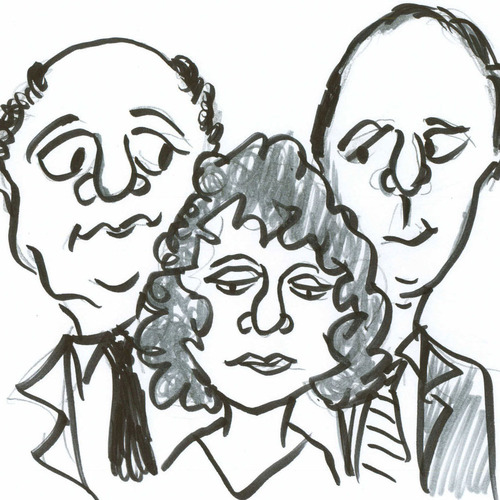The human brain is capable of 1016 processes per second, which makes it far more powerful than any computer currently in existence. But that doesn’t mean our brains don’t have major limitations. The lowly calculator can do math thousands of times better than we can, and our memories are often less than useless — plus, we’re subject to cognitive biases, those annoying glitches in our thinking that cause us to make questionable decisions and reach erroneous conclusions. Here are a dozen of the most common and pernicious cognitive biases that you need to know about.
Confirmation Bias
We tend to be put off by individuals, groups, and news sources that make us feel uncomfortable or insecure about our views — what the behavioral psychologist B. F. Skinner called cognitive dissonance. It’s this preferential mode of behavior that leads to the confirmation bias — the often unconscious act of referencing only those perspectives that fuel our pre-existing views, while at the same time ignoring or dismissing opinions — no matter how valid — that threaten our world view.
Ingroup Bias
[…] causes us to overestimate the abilities and value of our immediate group at the expense of people we don’t really know.
Gambler’s Fallacy
We tend to put a tremendous amount of weight on previous events, believing that they’ll somehow influence future outcomes.
Post-Purchase Rationalization
[…] a kind of built-in mechanism that makes us feel better after we make crappy decisions, especially at the cash register. Also known as Buyer’s Stockholm Syndrome, it’s a way of subconsciously justifying our purchases — especially expensive ones.
Neglecting Probability
[…] our inability to properly grasp a proper sense of peril and risk — which often leads us to overstate the risks of relatively harmless activities, while forcing us to overrate more dangerous ones.
Observational Selection Bias
[…] suddenly noticing things we didn’t notice that much before — but we wrongly assume that the frequency has increased.
Status-Quo Bias
We humans tend to be apprehensive of change, which often leads us to make choices that guarantee that things remain the same, or change as little as possible. […] The status-quo bias can be summed with the saying, “If it ain’t broke, don’t fix it” — an adage that fuels our conservative tendencies.
Negativity Bias
People tend to pay more attention to bad news — and it’s not just because we’re morbid. Social scientists theorize that it’s on account of our selective attention and that, given the choice, we perceive negative news as being more important or profound.
Bandwagon Effect
Though we’re often unconscious of it, we love to go with the flow of the crowd. When the masses start to pick a winner or a favorite, that’s when our individualized brains start to shut down and enter into a kind of “groupthink” or hivemind mentality.
Projection Bias
As individuals trapped inside our own minds 24/7, it’s often difficult for us to project outside the bounds of our own consciousness and preferences. We tend to assume that most people think just like us — though there may be no justification for it.
The Current Moment Bias
Most of us would rather experience pleasure in the current moment, while leaving the pain for later.
Anchoring Effect
Also known as the relativity trap, this is the tendency we have to compare and contrast only a limited set of items. It’s called the anchoring effect because we tend to fixate on a value or number that in turn gets compared to everything else.
Read the article for more details. Also, check out this more comprehensive list of biases in judgment and decision making (Wikipedia).





